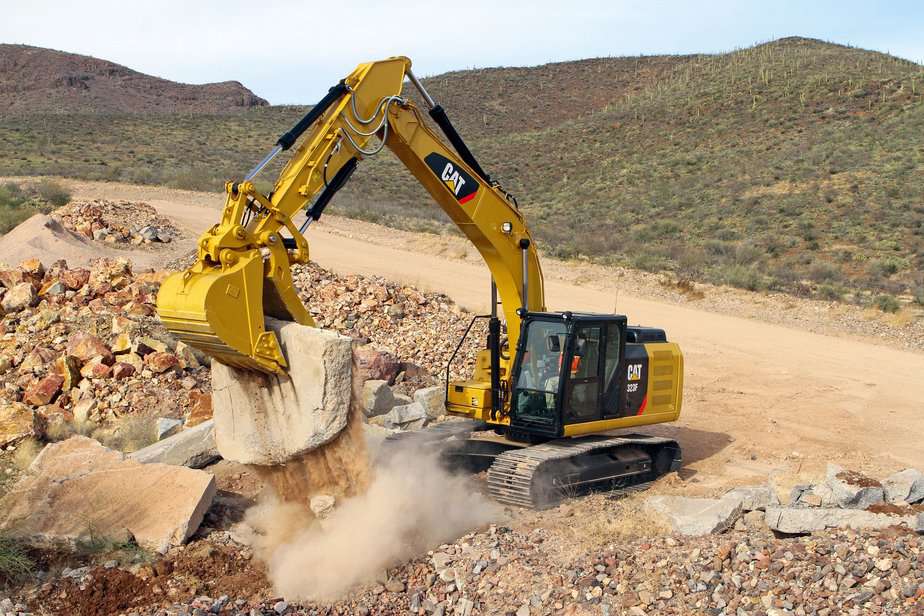
Mistakes, often avoidable, can be made in the dam construction process.
Dams are marvels of engineering. They provide a myriad of benefits like water storage, electricity generation, flood control, and even recreational opportunities. However, the construction of a dam is a complex process that requires meticulous planning, engineering expertise, and strict adherence to safety protocols. Let’s delve into the most common mistakes encountered in dam construction.
1. Inadequate Site Investigations
The choice of location for a dam is pivotal. Insufficient geological and hydrological studies can lead to catastrophic failures. Failing to understand the rock and soil composition, seismic activity, or even the natural water flow can mean that the dam may not serve its purpose effectively or might be at risk for breaches.
2. Ignoring Historical Data
Ignoring historical flood data or not taking into account rare but extreme meteorological events can result in a dam being under-designed. A dam should be designed not only for the average conditions but also for rare and extreme events. This is especially crucial in the context of changing global climate patterns.
3. Poor Construction Material
The quality of materials used in dam construction is vital. Low-quality concrete or the use of inappropriate aggregates can reduce the dam’s structural integrity. Even minor compromises in material quality can have exponential impacts, especially under the immense pressures and forces that large dams endure.
4. Inadequate Spillway Design
A spillway is an essential component of a dam, acting as a safety valve, releasing excess water. An undersized or improperly designed spillway can lead to overtopping, where the water level rises over the dam’s top, risking a potential breach.
5. Neglecting Environmental Impact
Modern dam construction places significant importance on the environmental and ecological impacts of the project. In the past, and unfortunately even now in some cases, the environmental consequences, including potential threats to local ecosystems, fish migration patterns, and even downstream water temperatures, can be neglected.
6. Insufficient Monitoring During Construction
Building a dam requires continuous monitoring to ensure that the work aligns with the design and that any deviations are addressed promptly. The lack of regular inspections and the absence of real-time data can lead to mistakes going unnoticed until they cause significant problems.
7. Not Preparing for Seismic Activity
In areas prone to earthquakes, special care must be taken to ensure that the dam can withstand seismic forces. Not adequately factoring in the seismic risks or opting for a design that doesn’t address potential earthquakes can result in severe damages in the event of tectonic movements.
8. Overlooking Long-Term Maintenance
While not directly a construction mistake, neglecting to factor in long-term maintenance requirements can lead to future problems. Dams need regular inspections, maintenance, and potential upgrades. Without a clear plan and budget for these needs, the structure’s longevity and safety can be compromised.
9. Inadequate Resettlement Plans
Large dams often require displacement of local communities. Mistakes in this area relate more to the socio-economic aspects of dam construction. Insufficient or poorly planned resettlement strategies can lead to long-term social issues, conflicts, and even legal battles that can impact the dam’s overall feasibility and sustainability.
10. Ignoring Local Expertise and Input
While international expertise can be beneficial, local knowledge – both technical and social – is invaluable. Ignoring input from local communities, or not involving local experts who understand the region’s nuances, can lead to errors in judgment and design.
Conclusion
The construction of a dam is an intricate blend of engineering, environmental science, socio-economic considerations, and often international diplomacy. Given the multifaceted challenges, it’s unsurprising that mistakes can occur. However, understanding these common errors and actively working to prevent them is essential. The stakes are high, and the consequences of mistakes can be both environmentally and socio-economically catastrophic. As the demand for dams continues in response to growing populations, changing climate patterns, and the need for renewable energy, ensuring meticulous planning and execution becomes ever more critical.
